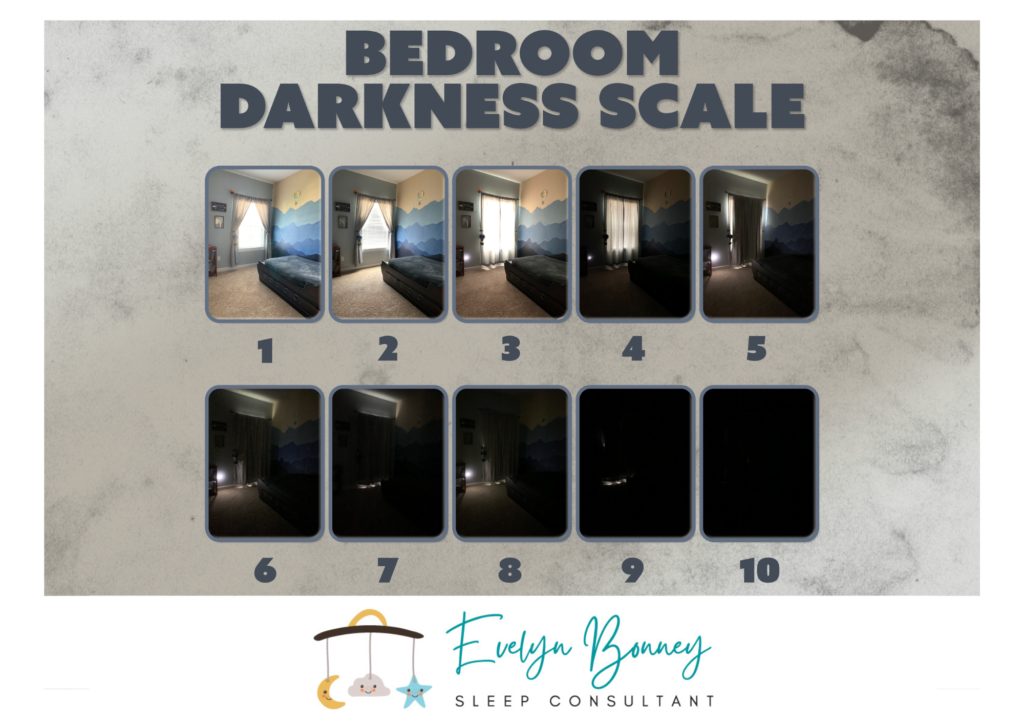When I work with families and their babies are over 8 weeks old, I always encourage full feeding. For smaller babies cluster feeding is absolutely normal but, as they get older full feeds are important for a couple of different reasons. Let’s dive into it!
First and foremost full feeding, whether through breastfeeding or bottle feeding, is essential for providing infants with the necessary nutrients for optimal health and helps to ensure that babies are gaining the necessary weight for healthy development.
Now, if you are breast feeding your breast milk is composed of foremilk and hindmilk. Foremilk is thinner and higher in lactose than hindmilk, which is thicker and higher in fat. If a baby only receives short, frequent feeds, they may primarily consume foremilk, missing out on the rich hindmilk that provides essential fats and calories. Hindmilk helps keep the baby fuller for longer periods, contributing to more extended periods between feeds.
When babies take a full feed and thus have longer periods between feeds (weather breast or bottle fed) they are able to enjoy more stimulation and build an adequate amount of sleep pressure. This enables them to follow an eat, play, sleep routine and really set them up for consolidating longer periods of sleep.
It’s essential for parents to recognise the signs that their baby has had a full feed. Contentment, relaxed body language, and a baby who appears satisfied and calm after feeding are good indicators. Pay attention to the baby’s cues, such as releasing the breast or bottle, falling asleep, or showing disinterest in feeding.
Tips on how to achieve full feeds:
- Offer Both Breasts: If breastfeeding, encourage your baby to feed from both breasts during a single session to ensure they receive a balance of foremilk and hindmilk.
- Responsive Bottle Feeding: If using bottles, practice responsive bottle feeding by allowing the baby to set the pace. Pause to check for hunger cues and avoid overfeeding.
- Burp Between Breasts or Ounces: If breast feeding burp your baby between breasts or when bottle feeding burp after half the milk feed has been taken. This helps to ensure they have room for more milk and can also reduce the risk of overfeeding.
- Watch for Swallowing Patterns: Observe your baby’s swallowing patterns during feeding. Swallowing slows down as the stomach fills, indicating a full feed.
Sometimes breaking a “snacking” cycle can be hard but it is absolutely not impossible. Full feeding is the cornerstone to a happy contented baby who can consolidate sleep. Weather you breast or bottle feed, get support early to ensure both parents and baby are comfortable with the feeding process. Lactation consultants, healthcare professionals, and support groups can offer guidance, addressing any concerns or difficulties that may arise. I work with a wonderful team of amazing support services so If you don’t know who to turn to just give me a shout!
Sleep Well.




